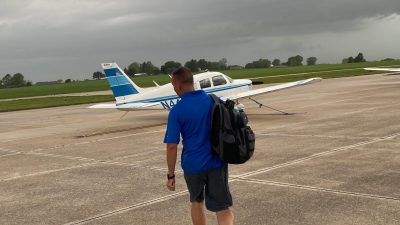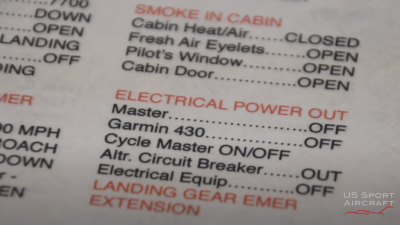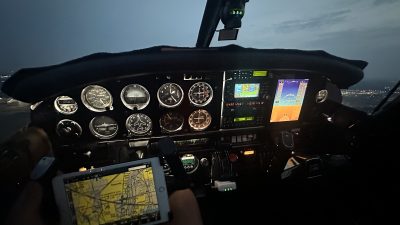Understanding and correctly executing airport traffic patterns is a crucial skill for any pilot. This comprehensive guide, based on the informative video by Free Pilot Training, breaks down the essential elements of airport traffic patterns and provides valuable insights for both novice and experienced pilots.
The Basics of Traffic Patterns
Airport traffic patterns are invisible routes flown around a runway to ensure smooth and efficient air traffic flow. The standard pattern is rectangular in shape and consists of several key legs:
- Upwind
- Crosswind
- Downwind
- Base
- Final
It’s important to note that these names remain consistent regardless of wind direction, as they are based on the runway in use.
Left-Hand vs. Right-Hand Patterns
While left-hand patterns are standard, some runways require right-hand patterns. Pilots can determine the pattern direction by:
- Checking the VFR sectional chart
- Reviewing the Chart Supplement
- Observing the segmented circle at the airport (if available)
Pattern Altitude and Size
The recommended pattern altitude for propeller aircraft is typically 1,000 feet AGL, while larger or turbine-powered aircraft should fly at 1,500 feet AGL. However, some airports may have specific published altitudes, so always check the Chart Supplement for accurate information.
Regarding pattern size, the downwind leg should be flown approximately 1/2 to 1 mile from the runway. Pilots should aim to turn base when they’re at a 45-degree angle from the runway threshold.
Entering and Exiting the Pattern
For non-towered airports, the safest method to enter the pattern is at a 45-degree angle to the midfield downwind leg. When exiting, pilots should depart straight out from the runway or turn up to 45 degrees towards the downwind leg after clearing the pattern.
Crosswind Considerations
Wind can significantly affect pattern shape and positioning. Pilots should crab into the wind to maintain a rectangular ground track and consider the effects of undershooting or overshooting winds when turning from base to final.
Visual Approach Slope Indicators
Visual aids like VASIs (Visual Approach Slope Indicators) and PAPIs (Precision Approach Path Indicators) can help pilots maintain the correct glide path. These systems use color-coded lights to indicate whether an aircraft is on, above, or below the ideal approach path.
Safety Considerations
- Be aware of potential collision points, especially on final approach and short final.
- Always maintain situational awareness and communicate clearly on the radio.
- When going around, offset to the side of the runway for better visibility.
- Follow proper procedures for both towered and non-towered airports.
By mastering these concepts and practicing proper traffic pattern procedures, pilots can significantly enhance safety and efficiency in the airport environment. Remember, continuous learning and adherence to best practices are key to becoming a proficient and responsible aviator.



